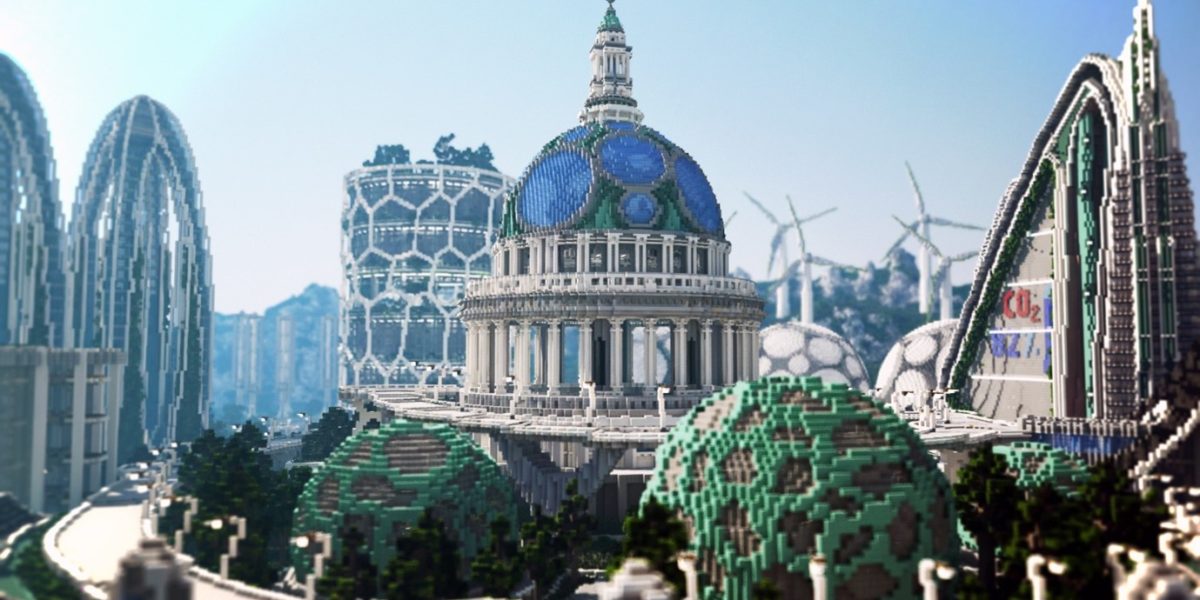With Cop26 on our minds, we at TVE have been thinking about sustainability across all the industries we work in, and gaming has been a particularly interesting one.
Whether it’s building the hardware, throwing the hardware away as next gens are released, powering the games at home, or all things cloud gaming and energy intensive data centres, gaming throws up some particular challenges when it comes to climate change. So brands are trying to tackle this issue, by using the core of their industry – fun – as a root in.
There have been a number of initiatives launched over recent years in the gaming industry to help drive change that are bringing brands together around a greener purpose, such as Playing for the Planet set up by United Nations Environment Programme (UNEP) and their now annual Green Game Jam. As part of these, and as brand initiatives in their own right, we wanted to explore some of the different and innovative approaches to tackling climate change by the gaming industry.
Gaming brands raising awareness of green schemes
Minecraft’s Climate Hope City is a great example of a huge brand inviting players to explore real-world green solutions such as vertical farms and energy generator that produces different types of green energy but in a fun and virtual environment, on their own terms. Similarly, Sims Eco Lifestyle expansion pack allows players to build and run environmental initiatives from building wind turbines on rooftops to dumpster diving for second-hand items.
Gaming brands committing to green sustainability themselves
Angry Birds have seen through many initiatives that look to raise awareness in the games themselves, from conservation themed games, to competitions, to special hats for all the angry birds to wear, but they’ve also committed to ‘taking real world action’ by tracking their gamers’ emissions when playing on Angry Birds and offsetting carbon emissions produced by players’ devices. They’re not just jumping on a band wagon of in-game experiences but following through behind-the-scenes too.

Gamifying real-world sustainability initiatives
Fortnite recently partnered with the Institution of Engineering and Technology (IET) for a special day tournament which saw every tree cut down in the game, monitored by a tree-o-meter, result in a tree being planted in real life. In total 557 trees are being planted in the UK this month. For the gamers involved, they didn’t just have fun playing Fortnite, they also got to contribute to a climate change initiative from the safety of their sofas – easy and fun! This is a brilliant example of a game harnessing the power of a huge online community, not only raising awareness for climate change but ensuring there are real world actions off the back of it too.
The gaming community is ever growing, with more and more people spending more time gaming. So, not only is there a huge captive audience in gaming, but there’s an opportunity to build positive and optimistic associations and relationships towards climate change through this interactive form of entertainment. The gaming brands that can successfully engage consumers with green initiatives in a fun and imaginative way will do good for the planet, and they also stand to do a lot of good for their brand equity too.
What can other categories learn from gaming; how can you take an attribute that is core to your category, such as fun and interactivity, and use that as a positive force for driving change?


